
One of my favorite lifters, Janis Finkelman, recently posted about her pursuit of a bigger bench press and the need to gain muscle in order for this happen. As I read her post, I realized that her point, while a seemingly simple one, was also something that is largely overlooked by many women, both competitors and recreational lifers alike.
Of the big three lifts, the bench press is universally the weakest lift for women. The reasons for this aren't mysterious at all. Women naturally have smaller upper body dimensions than men and generally far less muscle mass. Pressing, whether it's a bench press or overhead press, is always a weak pattern at the onset of training. Out of all the clients I've ever trained, only one time have I ever had a girl tell me that she had a very strong upper body—she was a former gymnast.
Whereas most guys intensely focus on training their upper bodies when they first start lifting, women almost always do the opposite: they train legs and glutes. This leads to what I call a “three-plate lower body with a one-plate upper body.” Women will have very muscular lower halves, with the squat or deadlift being their best lift, but their upper body lags significantly in comparison. And said simply, they have a poverty bench press, essentially the opposite of a “bro.”
What's to be done? Nothing earth shattering. As Janis said, you have to build muscle. Technique isn’t the problem. You need muscle to move weight. Period. Muscle is ultimately what reinforces your technical execution of any one lift. People get overly obsessive with their technical execution and fail to recognize that their strength isn’t limited by how they move the bar but the muscle, or lack thereof, that they're moving the bar with.
RECENT: Your Actions Are Your Lifeline
Is technique not important then? It absolutely is, but there are certain logical gaps that people overlook when building their lifts. The bench press is a prime example. Have you ever seen a big raw bencher with skinny triceps, no pecs and no shoulder development? I never have, yet this reasoning is readily applied to the squat, with women taking pride in having muscular thighs (fuck yeah) and moving weight. But then this doesn’t get applied to bench pressing for whatever reason. The bench press is a constant struggle, with the necessity for mass seemingly overlooked in the pursuit of a perfect technical setup and execution. Worthy pursuits no doubt, but you need muscle to execute them nonetheless.
The Margin of Missing
This is something of a personal concept that I've come up with. It basically means, “What's the margin of error that you can fuck up a high percentage lift and still get the bar up?”
The less muscle you have, the smaller your margin of being able to screw up technically and still save your lift. Muscle enables you to grind, struggle and gut a lift out. A lack of muscle means that you get pinned. Simple concept.
With the bench press, most women’s margin of missing is zero when they get into heavier weights, like 85 percent and above. If they miss the groove, the bar won't go anywhere. Again, you need upper body mass. So accepting the idea that you need upper body mass, how do you go about building it?
Enter Bodybuilding
Women need a targeted approach to muscle work for their upper bodies. The likelihood that “just benching” and doing some banded push-downs will result in complete muscular development is very low. This approach doesn't work for most men and it definitely isn’t sufficient for women.
Women should focus on five integral areas along with suggested exercises for each that I've found to be most effective. You'll notice immediately that all the suggested set/rep schemes are geared toward muscular hypertrophy. These aren't movements for hitting one-rep maxes.
1. Wrist strength: This is something that gets overlooked. Women can have very petite wrists and their ability to grip the bar and stabilize it is heavily impacted by wrist forearm strength. A slight shift in wrist positioning at the bottom of the lift can be the difference between making or missing a lift. For this reason, all my female clients always do direct forearm work, regardless of whether they compete or not.
- Dumbbell hammer curls
- Pronated cable forearm curls
I suggest 2–3 sets/reps with fairly high rep ranges of 10–30. High reps develop strength endurance as well as hypertrophy.
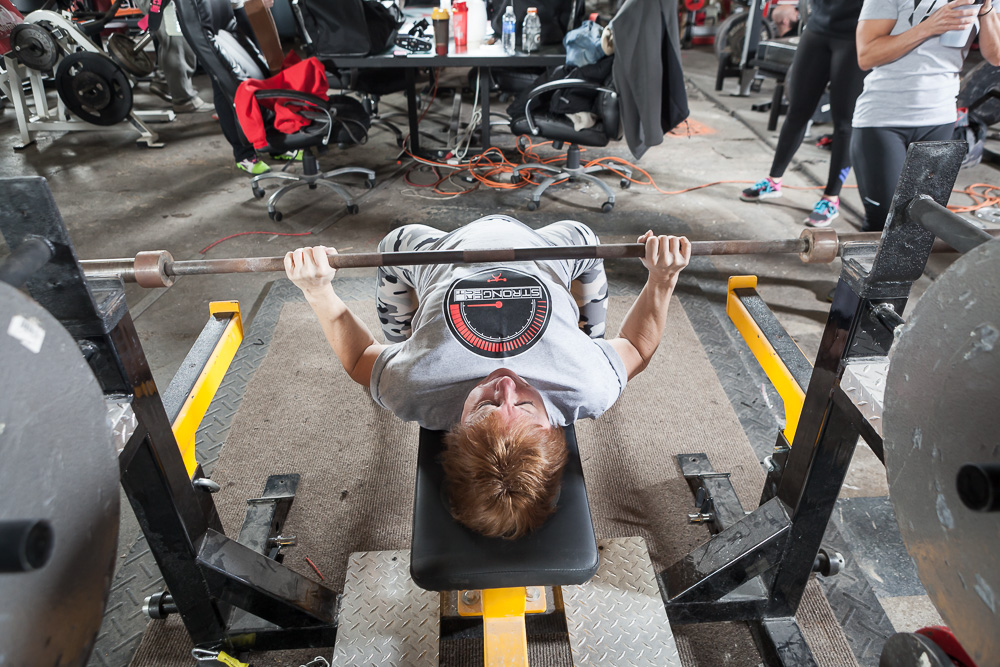
2. Arm strength: Bis and tris, baby. While triceps are without question the more integral muscle in pressing, bicep strength and grip strength both tie together as well. Your ability to handle heavy weights will be compromised if your triceps development is lacking.
- Close grip push-ups
- Dips
- Push-downs, reverse grip push-downs
Dips and push-ups can be “max effort” movements for completely untrained women. In such cases, I suggest using a regression, either with a hands elevated push-up or a counter weighted dip. The long-term goal is full range of motion body weight performance and eventually adding weight as well.
For push-downs, I favor using a weight stack and counting rep/weight goals. Reps should be in the 10–25 range with over 2–3 working sets. While I wouldn't consider this a “PR” to keep track of, it's of benefit to get stronger over time at push-down movements. It's one of the few isolation movements that I consider to have recognizable transfer to compound pressing movements. Bodybuilders are notably infamous for their usage of push-downs, and their triceps development and flat pressing strength are readily equal to powerlifters.
3. Upper back strength: This has to be prioritized.“Use your lats” is a common refrain, but your lats aren't the platform that you press from. Your traps, rhomboids and posterior delts and teres major and minor are. Having powerful upper back musculature creates excellent stability against the bench and enforces the bar path during the eccentric. Rows and chins are your friends and you probably need to do a lot of them.
- Chest supported rows (dumbbells, T-bar, machine...just pick one)
- Seated rows
- Chin-ups
Each person will find that a particular style of rows suits them best based on their anthropometrics. Rowing and upper back work should be worked hard and worked often. I don't think that 4–6 working sets are unreasonable, with reps ranges from as high as 30 to as low as six. I'm favorable to including at least one movement for the upper back on any upper body pressing day and more on back centric days. The volume can readily be pushed on both. I’ll commonly have clients do upwards of 20 working sets a week for the upper back. This also provides indirect bicep stimulus and builds the grip somewhat as well (depending on how frequently straps are used).
4. Shoulder strength: The “front delts” may contribute the most to the bench press, but fully developed shoulders make for strong pressing in direction. Julia Ladewski has awesome shoulder development and can bust out push-ups and dips with ease. Her recent transition to raw lifting has her readily benching over her body weight for reps, and she can use 70-pound dumbbells on the flat bench for higher reps as well.
- Dips and push-ups again (you really ought to be doing these)
- Incline dumbbell pressing
- Shoulder presses (standing or seated, machine or free weight)
- Front, lateral and rear delt raises
I'm not trying to reinvent the wheel here and none of these exercises are anything unique. One thing to be cognizant of for shoulders though is that most women don’t have steel, reinforced shoulders and hyper mobility is common. Perform movements with purely a muscle focus with the weight being secondary. Shoulders often respond better to higher rep ranges as well. Sets of 20–30 reps on isolation movements are very effective.
5. Pec strength: Big pecs equal a big bench. Now, for obvious anatomical reasons (boobs), the anatomical structure of the chest wall doesn’t make for massive pecs in women. Regardless, you need direct pec work. I will actually argue that women, more than men, would most benefit from doing high rep body weight work with push-ups and dips as a means for improving their bench press. Not only will this build muscle, but it will strengthen the wrist, elbows and shoulders to tolerate loads, especially if higher volume upper body work is something that you're unaccustomed to.
- Flat dumbbell press
- Wide grip bench press
- Dips and push-ups again (because they work)
I'll assume that the contribution of the pecs to the bench press is fairly obvious. The rep range for these can be 6–15 (more than that for the body weight movements) with 2–5 sets, depending on how the exercise is sequenced.
WATCH: How to Bench Press 300 Pounds This Year
As Swede Burns says, this isn't the science of rockets. All that I've outlined above is an argument that training the entirety of your upper body is important. Yet many fail to commit to do this. If your current training has a lack of direct muscle work and your bench press is impoverished, a change is in order. One of the current trends in powerlifting is to have the fourth training day of the week be a “pump” day. This is an effective solution and provides a complete training session to work on the above areas.
While I can't offer a “program” without knowing the needs and history of an individual, the following is an operative example from a current client of a primary and secondary day.
Primary Day:
(In this girl's case, we're using fifth set programming for her big three lifts.)
- A. Bench presses, 5 X 3 at 70%
- B. Assisted overhand pull-ups, 5 X 6–10
- C. Dumbbell presses, 3 X 10–20
- D. Assisted dips, 3 X 8–12
- E1. Zottman curls, 2 X 15
- E2. Incline dumbbell flies, 2 X 15–20
The initial exercise is for technical practice and it works submaximal strength. The client hasn't been benching very long, and I'm prioritizing her technique before loading. From there, the pecs/shoulders are being worked from flat, decline and inclined angles for complete development. Pull-ups are done to strengthen the lats/upper back, and Zottman curls provide some direct forearm/wrist/biceps work.
Secondary Day:
- A. Machine shoulder presses, 5 X 8–10
- B1. Supinated rows, 4 X 20, 15, 12, 10
- B2. Front, lateral and rear delt raises, 3 X 25, 20, 15 reps
- C1. Reverse grip push-downs, 2 X 12–20
- C2. Pronated push-downs, 2 X 12–20
- D1. Face pulls, 2 X 20–25
- D2. Diamond push-ups, 2 sets to failure
On this training day, we're expressly focusing on shoulder and triceps hypertrophy. The rep ranges should be indicative of the desired effect. The shoulder press is the primary compound movement and is done for moderate reps. The back and shoulder superset utilizes much higher rep ranges and develops hypertrophy and work capacity to a degree. Working weights will be fairly light due to the prolonged time under tension. The pump is what is being felt here. The back work also acts as a counterbalance to the pressing. Because the superset is fairly intense, it's followed by an isolation movement for recuperation, which in this case is triceps isolation work. This is then incorporated into the final superset of push-ups and face pulls, which is a much shorter superset to finish the workout with.
Again, the above isn't a suggested “program” to follow but is simply an example of what muscle-centric programming can look like in action. For those women who are powerlifters and are interested in how to program more effectively for this, I strongly suggest Swedes' 5thSet for Powerlifting ebook.
Get to Work
Hopefully, this has made you reconsider some aspects of your own training and/or that of your female clients. A lack of muscle will make any exercise that requires the usage of that muscle difficult to perform. Beyond this article's basic premise, keep in mind that sometimes the most obvious observation is where the solution to the problem lies. Also, thank you, Janice, for the thoughts. Keep growing!










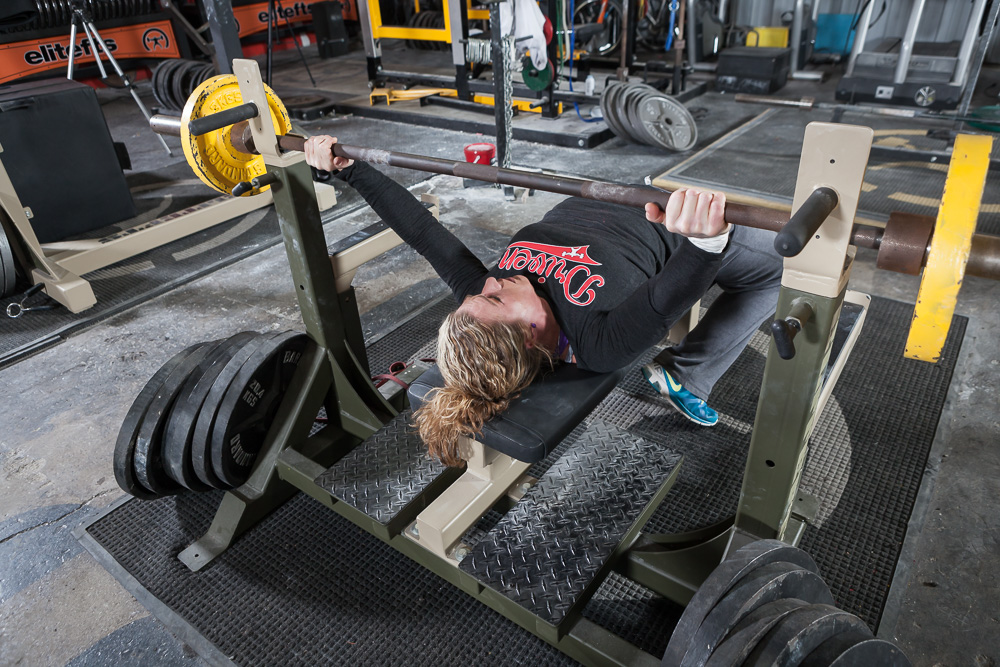
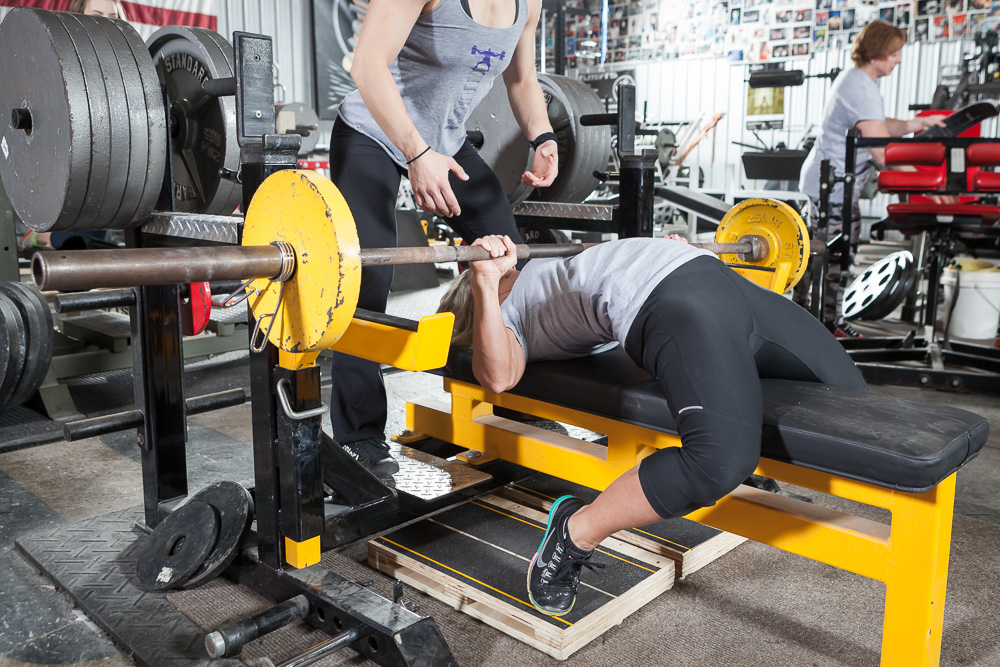
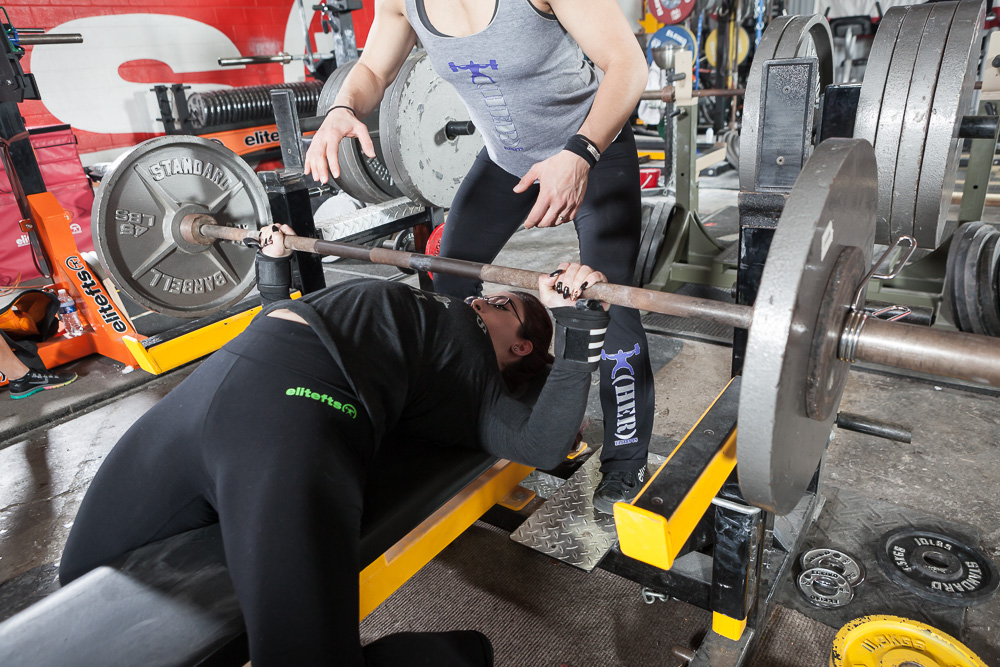
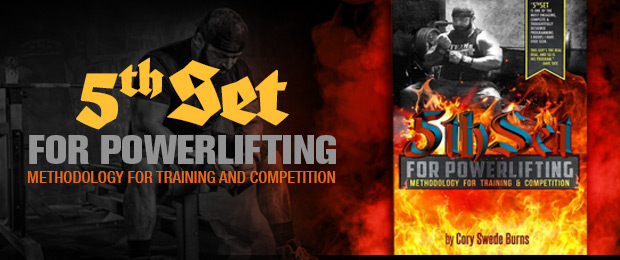
I really enjoyed the article! It describes me exactly! :)
That will develop your bench press, the 5x3@70% was just an example. Her technique needs a lot of work, hence we are training at lower intensity to develop the coordination